2017, Milliken, Colorado, USA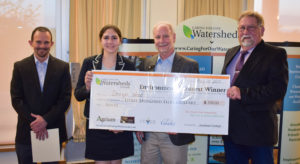
Devyn Wood
Roosevelt High School, Milliken, Colorado
When Devyn was a child, she lived in Washington State where there were hundreds of bats living near her home. After moving to Colorado, she noticed there were few, if any, bats in the area of her new home.
Understanding the connection between bat populations, insect populations and insecticide use, 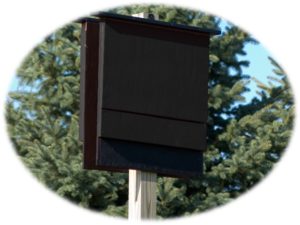 she decided to build bat houses and install them around her watershed. The project requires (1) determining locations to install bat houses; (2) building bat houses; and (3) installing bat houses. As the season permits, tracking of bat species can also be undertaken to determine how many bats are in the area. Devyn will be using a bat-detection device to monitor the newly built bat homes for increase in population and species. These results will be available in the fall of 2017.
she decided to build bat houses and install them around her watershed. The project requires (1) determining locations to install bat houses; (2) building bat houses; and (3) installing bat houses. As the season permits, tracking of bat species can also be undertaken to determine how many bats are in the area. Devyn will be using a bat-detection device to monitor the newly built bat homes for increase in population and species. These results will be available in the fall of 2017.
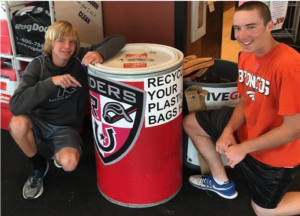
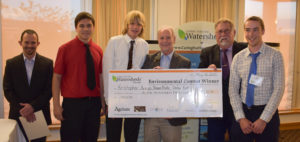 grocery bags in the community while decreasing plastic in the local landfill.
grocery bags in the community while decreasing plastic in the local landfill.
 plate waste twice a week. The school has been using these plates since April of 2017, and plan on continuing this practice. Mazlyn has contacted the other schools in the district with the goal of implementing this program throughout Greeley.
plate waste twice a week. The school has been using these plates since April of 2017, and plan on continuing this practice. Mazlyn has contacted the other schools in the district with the goal of implementing this program throughout Greeley.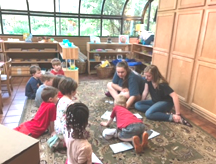

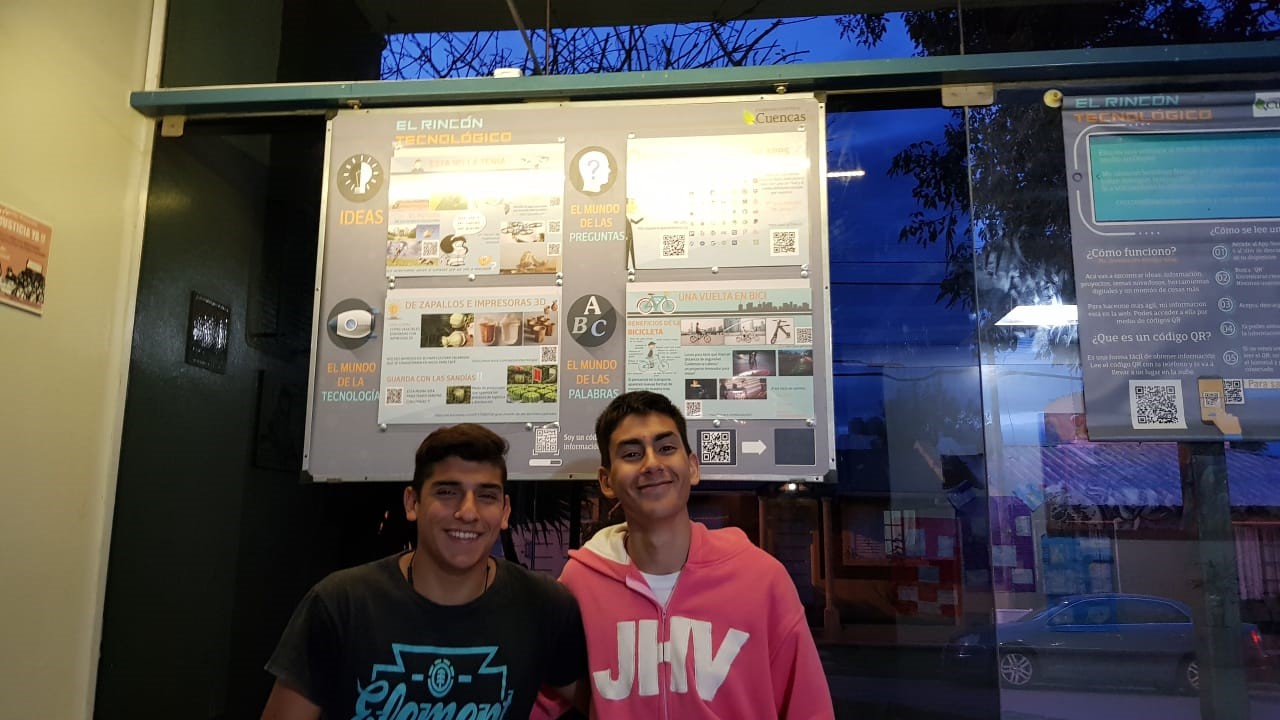 2017, San Antonio de Areco, Buenos Aires, Argentina
2017, San Antonio de Areco, Buenos Aires, Argentina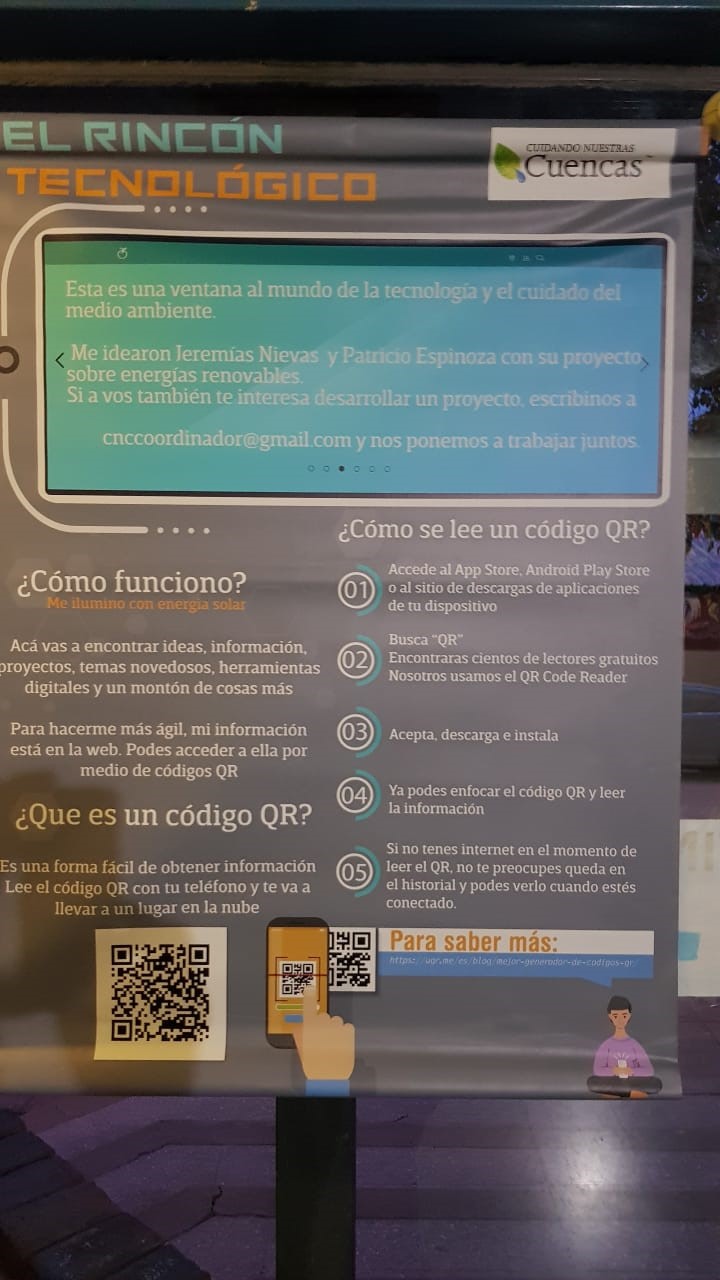
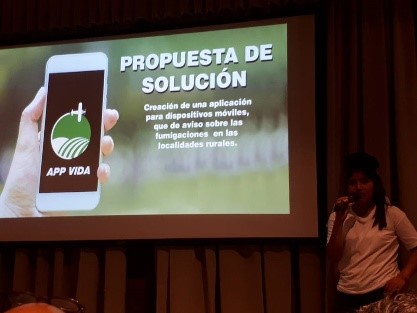 EET N°1 of San Andrés de Giles. Students: Tomás Pellegrini,Valentina Miranda, Joaquín Coarasa, Cecilia Yucra Ramos.
EET N°1 of San Andrés de Giles. Students: Tomás Pellegrini,Valentina Miranda, Joaquín Coarasa, Cecilia Yucra Ramos. Brian Shan was proud to place first in the 2015 Caring for our Watersheds contest for his proposal to install aerators on faucets in his school. Faucet aerators deliver a mixture of water and air, limiting how much water is released while maintaining pressure and reducing splashing. The aerators, relatively inexpensive and easy to install, help conserve water and reduce energy use and costs.
Brian Shan was proud to place first in the 2015 Caring for our Watersheds contest for his proposal to install aerators on faucets in his school. Faucet aerators deliver a mixture of water and air, limiting how much water is released while maintaining pressure and reducing splashing. The aerators, relatively inexpensive and easy to install, help conserve water and reduce energy use and costs.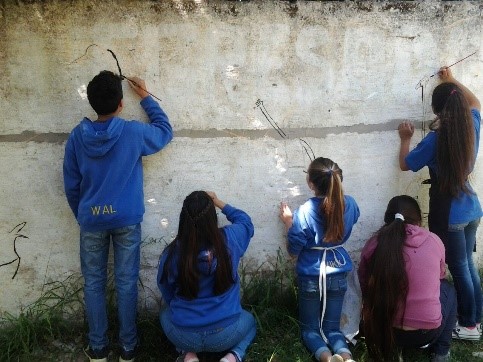 2016 San Antonio de Areco, Buenos Aires, Argentina
2016 San Antonio de Areco, Buenos Aires, Argentina Four murals were painted along the wall, which form a musical circuit, intertwining nature, the seasons, and the different pictorial art styles.
Four murals were painted along the wall, which form a musical circuit, intertwining nature, the seasons, and the different pictorial art styles.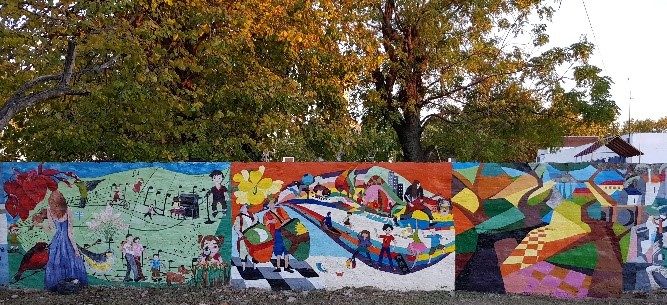
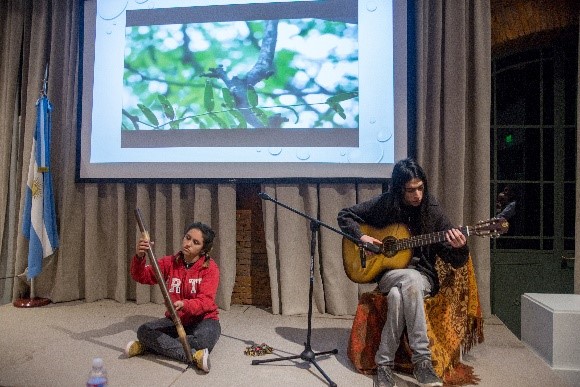 2016, San Antonio de Areco, Buenos Aires, Argentina
2016, San Antonio de Areco, Buenos Aires, Argentina